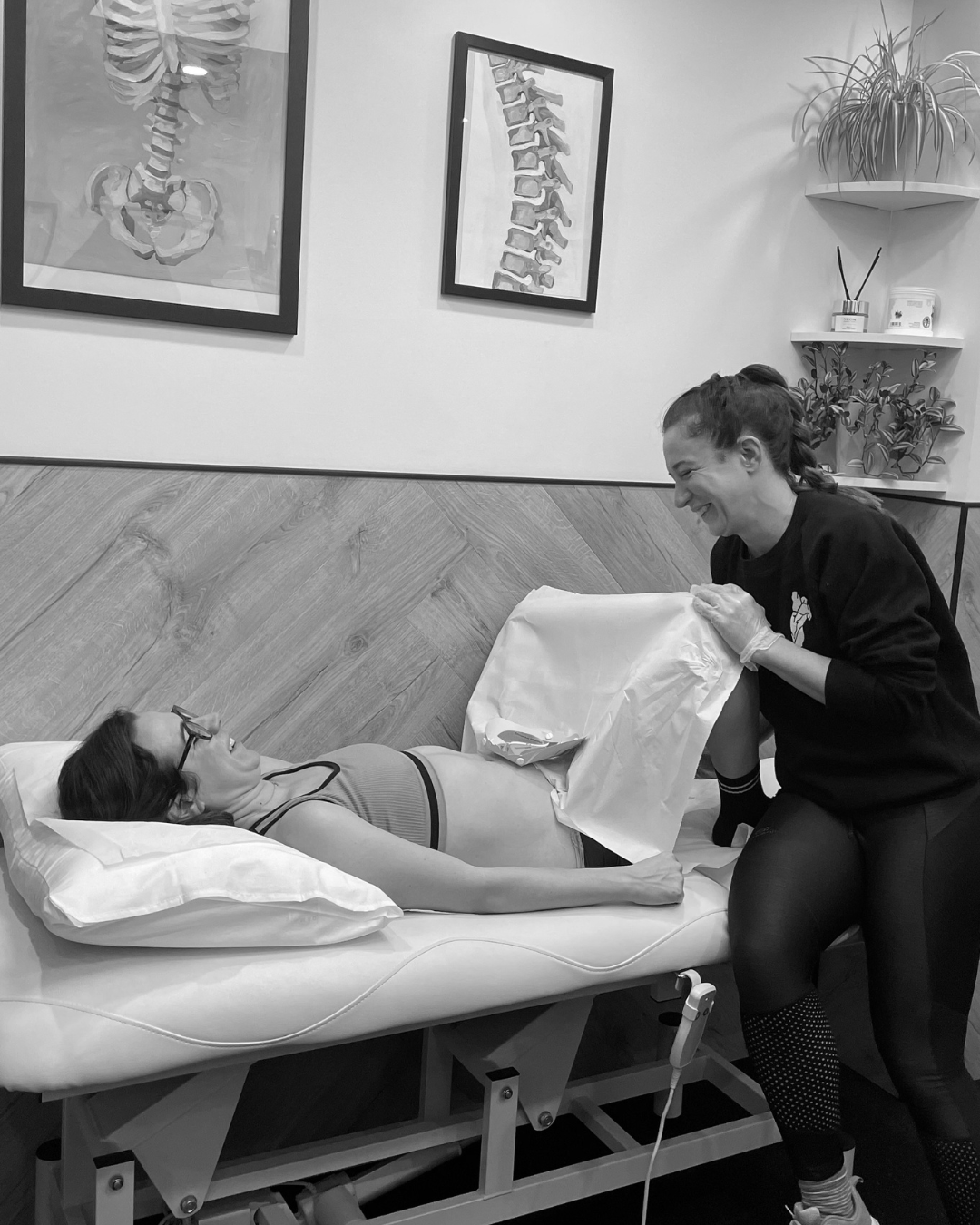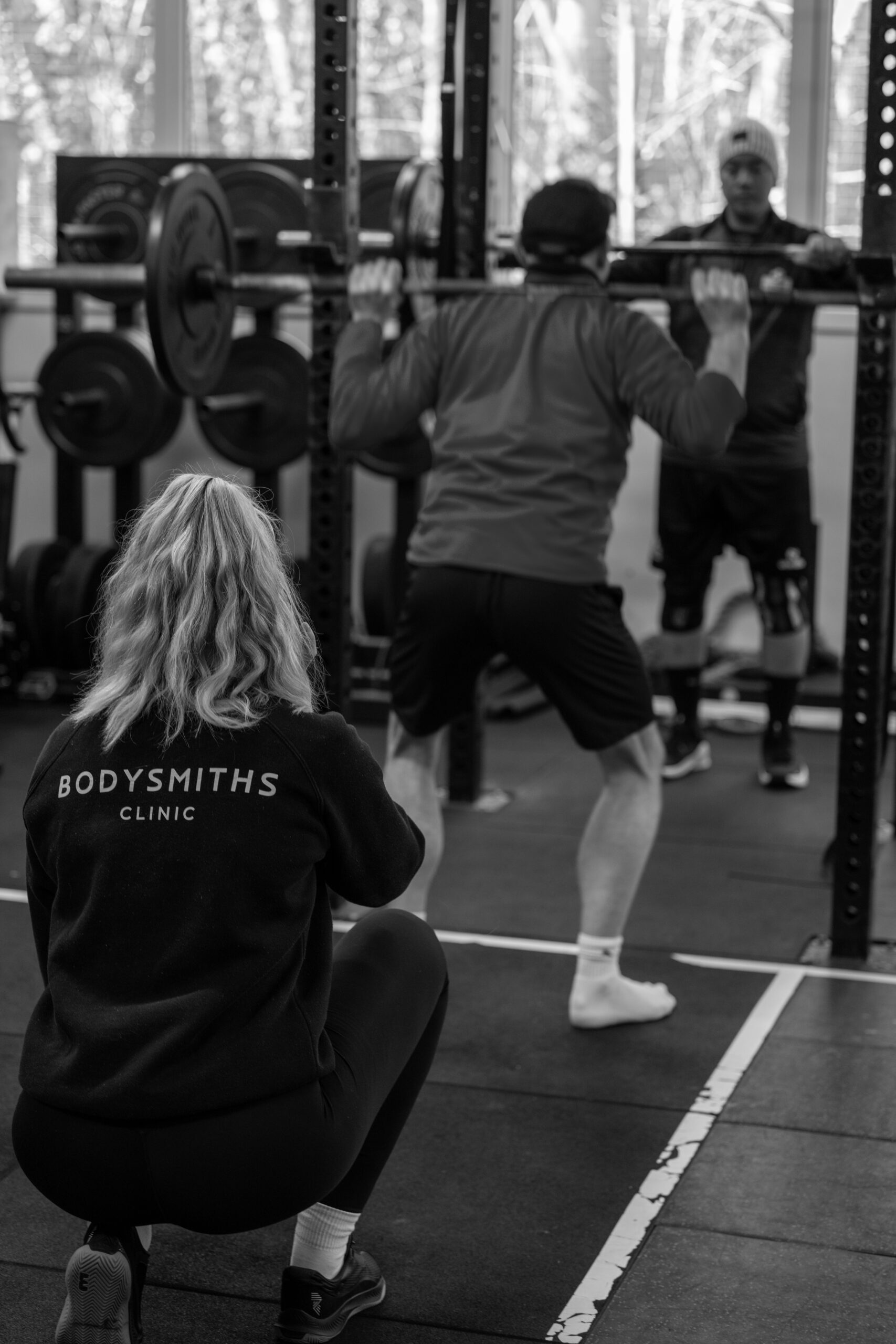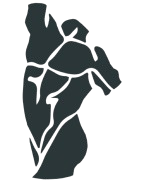Rehabilitation Programming
Rehabilitation programming is a personalised exercise plan designed to help you recover from injury, return after surgery, or train for an event with the highest level of care. Created by healthcare professionals, these programmes are built to the highest standards, ensuring safe and effective progress. Every plan is entirely bespoke, tailored to your body, goals, and daily routine, so you can achieve the best possible results in a way that fits your lifestyle.
Rehabilitation programming is for those who need structured, expert-led support to restore strength, mobility, and function. Whether you're recovering from surgery, managing an injury, or looking to optimise performance, a personalised plan will help you progress safely and effectively. It’s designed to fit your lifestyle, ensuring sustainable results that align with your goals.
Rehabilitation programming empowers you to take control of your recovery and performance. With a clear, expertly designed plan, you’ll have the tools to progress confidently outside the clinic, reducing the need for frequent appointments. This approach promotes long-term success, helping you build strength, prevent setbacks, and achieve your goals on your own terms.
Your programme includes a comprehensive movement assessment, followed by a fully tailored 4-12 week plan designed around you and the equipment you have access to. You’ll get clear video demonstrations for every exercise, 24/7 support via instant messaging with your therapist, and the option for monthly or fortnightly face-to-face check-ins to track your progress and make adjustments as needed.
Rehabilitation programming goes beyond standard personal training by focusing on recovery, injury prevention, and long-term movement health. While a PT programme often targets fitness goals like strength or fat loss, rehab programming is designed by healthcare professionals to address imbalances, support healing, and optimise performance safely. At Bodysmiths, we take this a step further with a personalised, clinical approach - combining in-depth assessments, tailored exercise prescriptions, and ongoing support to ensure you progress confidently, without risking setbacks.
Choose a programme that suits you and your needs
BUILD
Ideal for those recovering from a minor injury, easing back into activity, or wanting a short-term, focused plan
4-week programme
- Initial movement assessment (in-person or virtual)
- Bespoke 4-week exercise programme
- Video demonstrations for all exercises
- 24/7 support through instant messaging
- End-of-programme review with progress assessment
Package Value
£275
(inclusive of VAT)
PROGRESS
Designed for individuals needing more time to rebuild strength, improve movement patterns, and work towards a medium-term goal (e.g., post-surgery recovery or event prep)
8-week programme
- Midway assessment and programme adjustments
- Monthly face-to-face check-ins (optional)
- Mobility and flexibility prescription
- Additional exercise progressions for strength and endurance
Package Value
£525
(inclusive of VAT)
PERFORM
The comprehensive option for those serious about long-term results, whether returning to high-level sport, managing chronic issues, or enhancing performance
12-week programme
- Advanced movement screening with gait or lifting analysis
- Fortnightly face-to-face check-ins (optional)
- Nutritional guidance for recovery and performance
- Mental performance strategies (goal setting, motivation)
- Final full assessment with detailed progress report
- Supervised Coaching and Training






